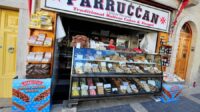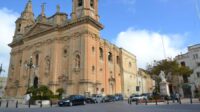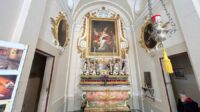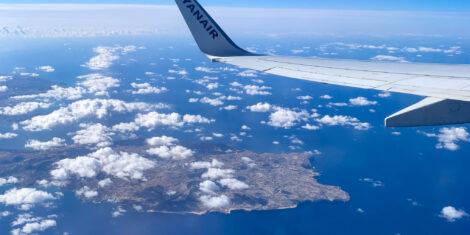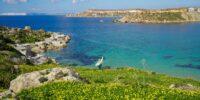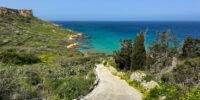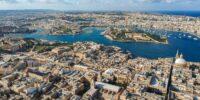In true Maltese fashion, the internationally celebrated St. Joseph holiday is a real feast on the island. To prepare for the upcoming festivities, here is a breakdown of what happens on March 19 in Malta.
Why March 19?
St Joseph’s day being an international Catholic European holiday is likely the reason for the festas in Malta. This Catholic tradition likely dates back to the 10th century. The connection of St. Joseph and the 19th of March can be seen in Portugal, Italy and Spain amongst other places.
Interestingly, Spain for example celebrates Father’s Day on the same day. This makes a connection between the Saint and the celebration of fatherhood, an underlying theme of the day.
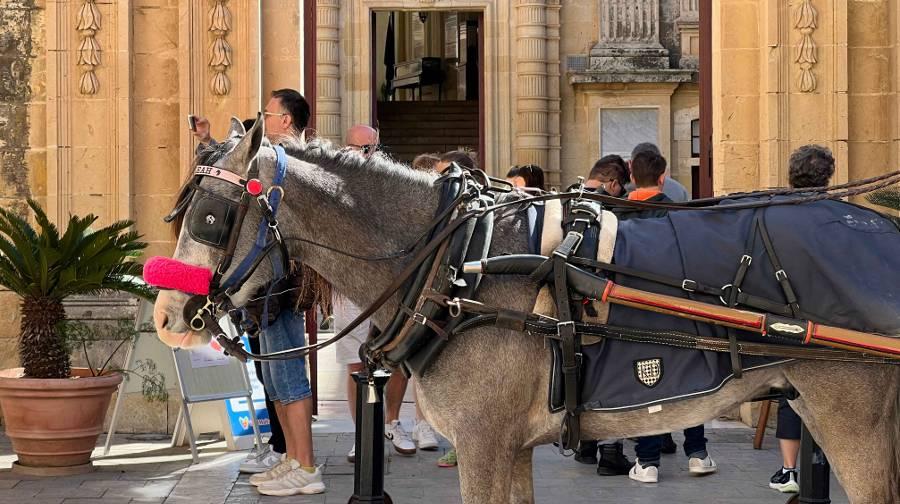
The feast
How is Malta different from all the other countries celebrating St. Joseph?
The main celebrations on the island happen in the central area between Rabat and Mdina. Following a mass, a procession takes place in the quaint narrow streets of the town. As with most feast-type occasions on the island, there will be a marching band playing music and bringing everyone together on this joyful day.
This is an age old tradition. If you’re lucky enough to be in the country on the date, it’s an occasion not to be missed. The whole town is out celebrating their patron saint, whilst also enjoying the day off from work.
Traditionally, in days of old, it was custom to give bread to the poor. This stands as a tribute to St. Joseph’s role as a hard worker and a provider for his family.
The food of the day
Potentially the most consistent custom associated with the day is the Zeppoli pastry. Think of a doughnut, but smaller and topped with powdered sugar. They come plain or stuffed with a ricotta filling.
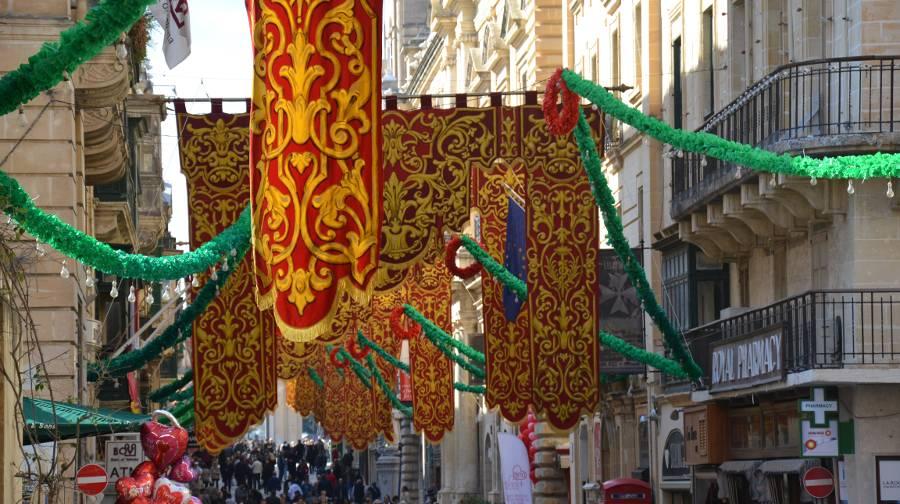
Is it worth going?
In simple terms, yes.
The above mentioned activities come together in a way that creates this beautifully Maltese Mediterranean atmosphere. The small streets of the area next to ‘Ta Giezu’ Church quickly get full of people celebrating the occasion. At the end of the road is a crowd of mobile-vendors selling traditional Maltese sweets, and of course, Zeppoli.
The place is usually filled with locals celebrating the feast of their patron saint but also Maltese people from other towns who come to experience something that they’ve probably been going to yearly for all of their lives. After all, regardless of where on the island you come from, you have likely often frequently the nationally anticipated festa.
To top it off, at the end of the main road leading to the church is located the infamous pastizzi place of Serkin (a.k.a Crystal Palace). So whilst you’re there, especially if you’ve never tasted pastizzi, you know where to go.
The feast at night
A tip for the day: visit at night. Rabat and Mdina are always more magical at night. But on this particular occasion, the lights, sounds and smells and crowd make a much warmer atmosphere than during the day. There’s usually a more formal procession which is also accompanied by a backdrop of fireworks as is the tradition of local feasts. Anyone who’s lived here for at least one summer can tell you that there’s an abundance of fireworks in the summer night skies of Malta. The Maltese celebrations are a cultural feat of their own, with no shortage of food, friends and fun. And well, this particular feast is definitely one of the bigger celebrations of the season.


